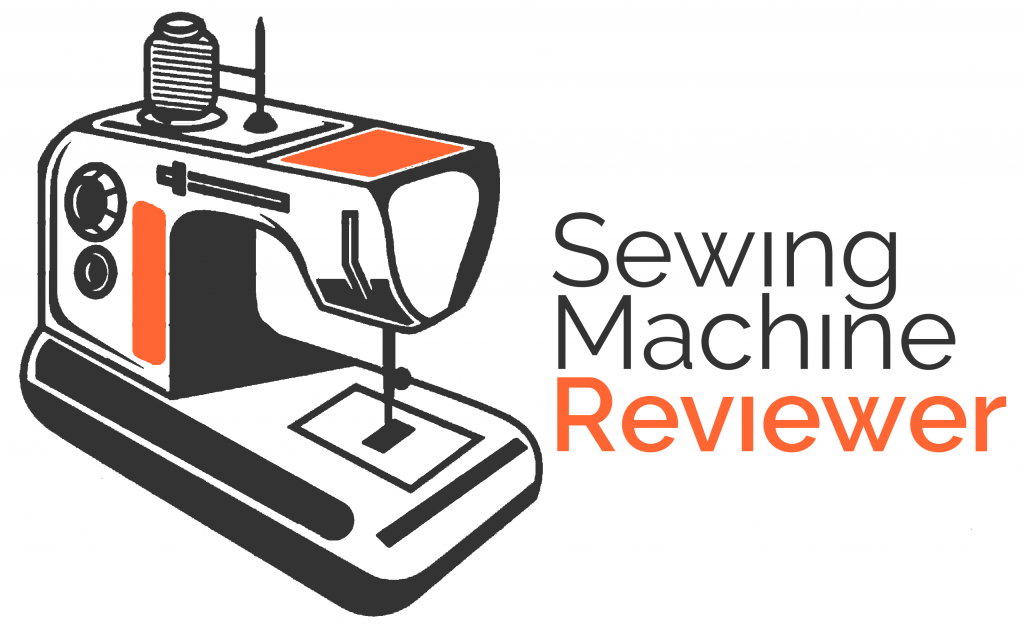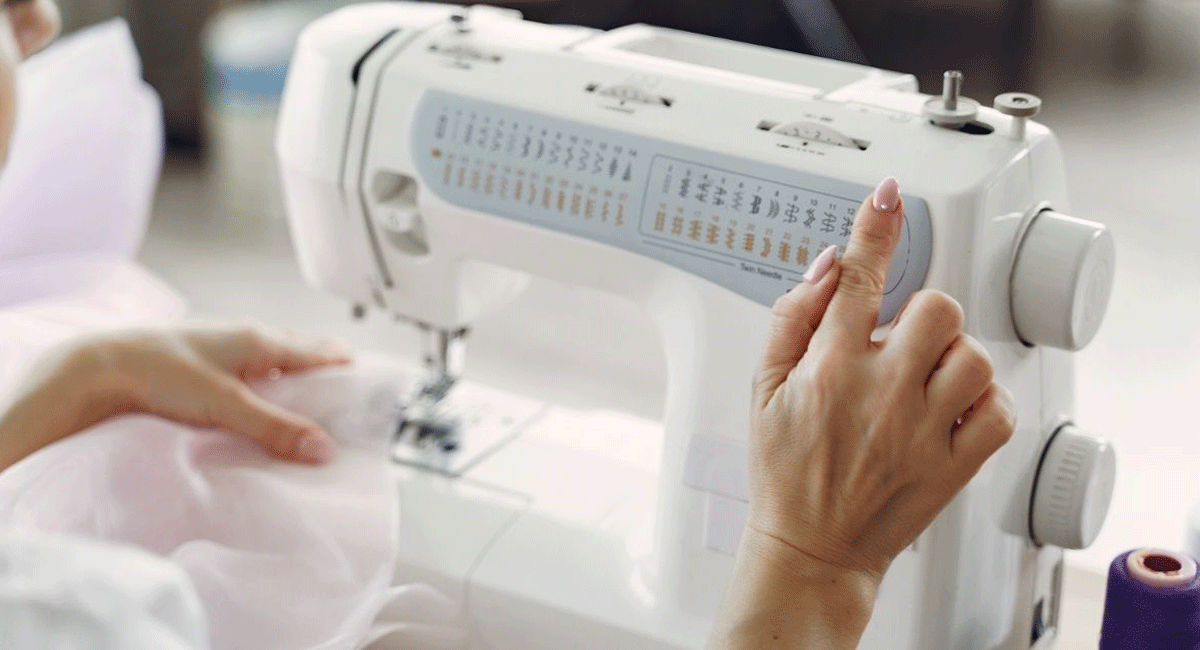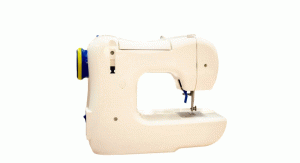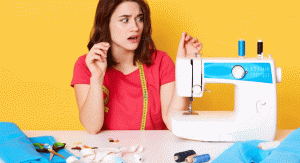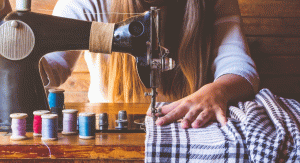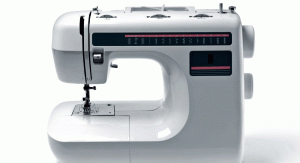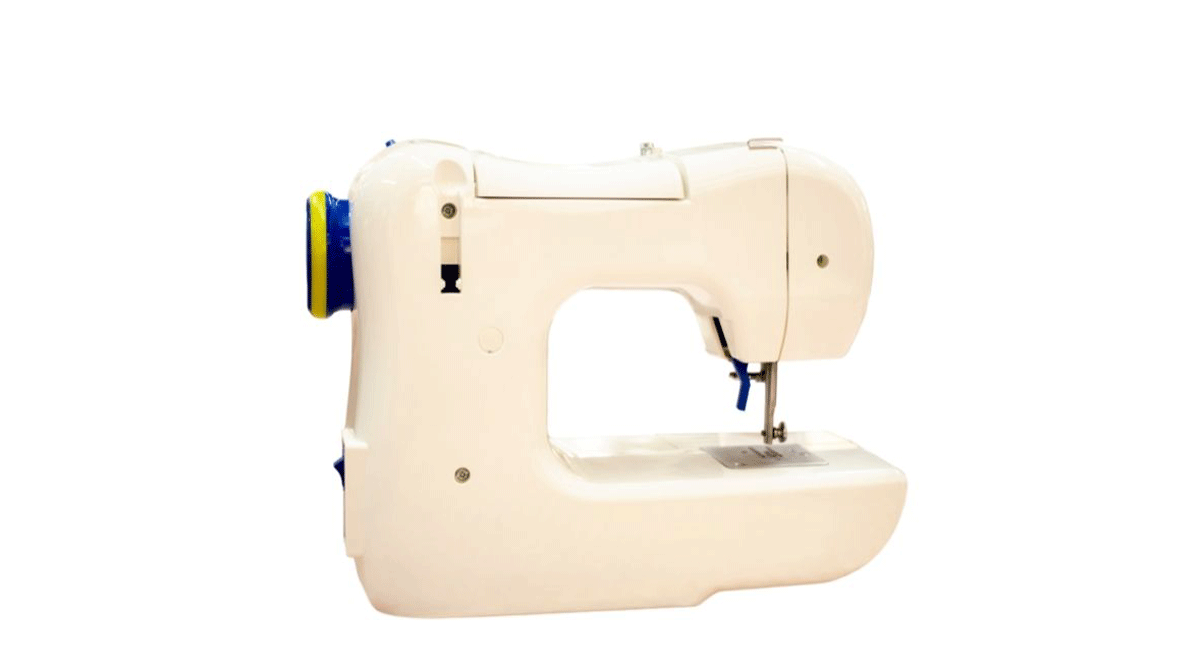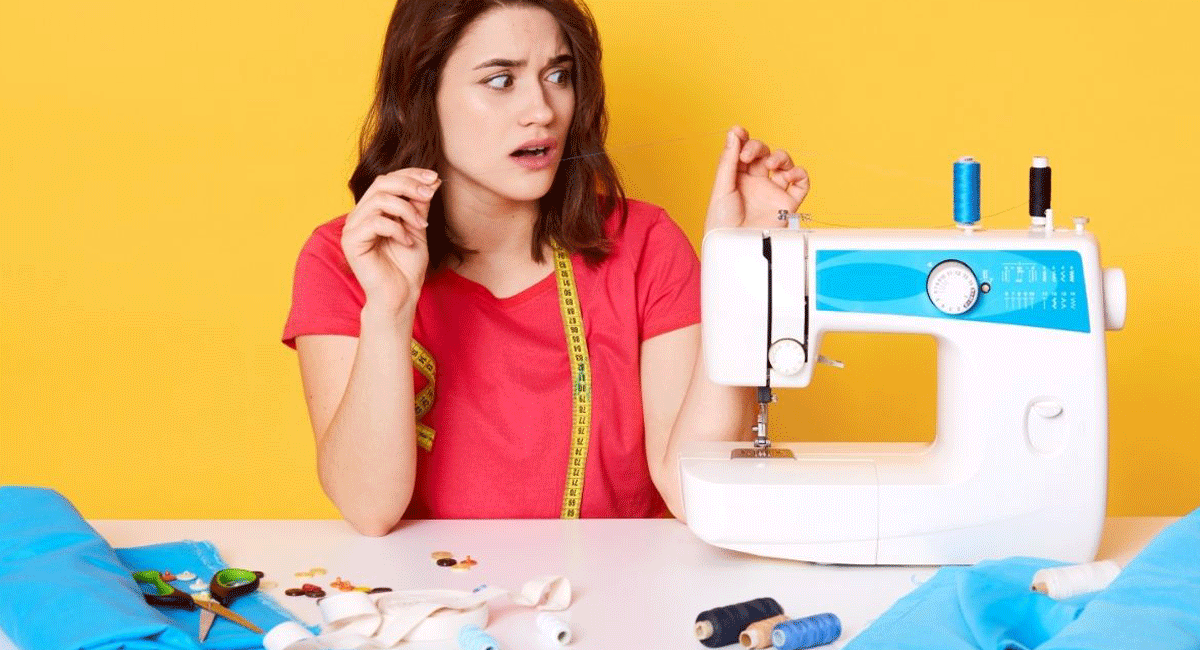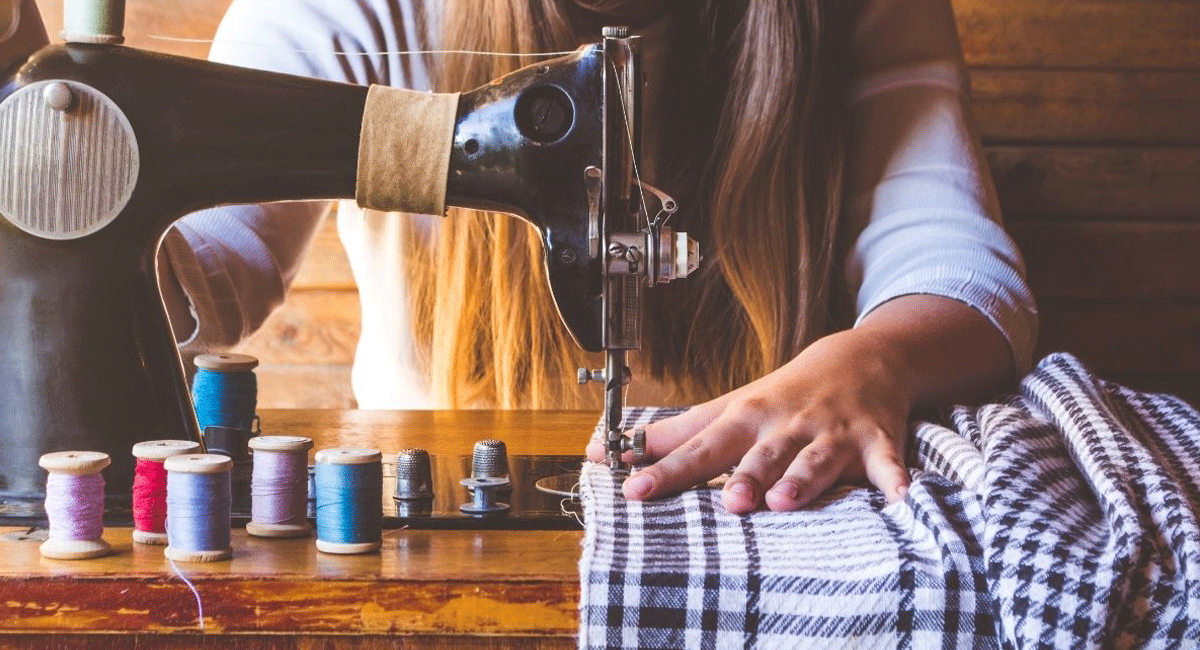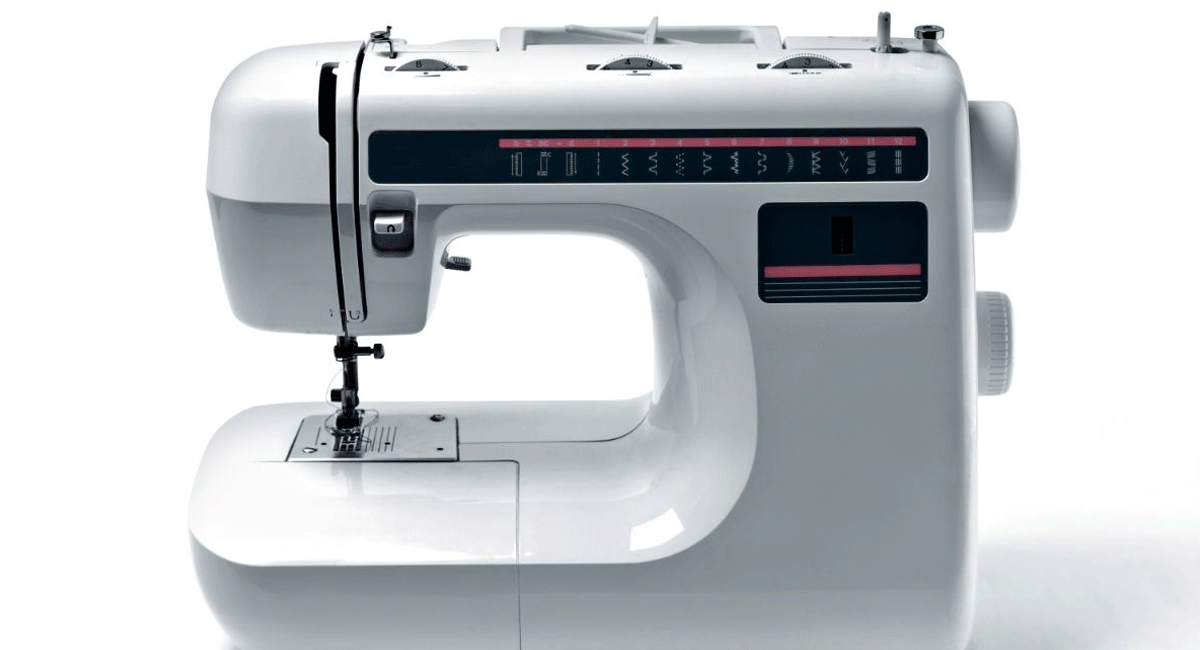A sewing machine is a device that sews fabric together by passing it through a needle, thread, and sometimes an integrated computer. It can be used to sew simple seams and, in some cases, more complex patterns.
The sewing machine was invented in 1846, and since then, it has been created in different shapes and sizes for various purposes. But the question is, how does a sewing machine work? If you’ve been wondering about this, this guide is for you.
Parts of a Sewing Machine
- Bobbins are small spools that store thread. They have a hole at the top to pass the thread through and can be threaded with one or both ends of the same thread strand, depending on how many strands you want per stitch.
- The shuttle is used in hand sewing and works exactly like a bobbin when constructing a double-needle machine. It holds multiple threads which run from side to side behind the presser foot.
- The feed dog (or dogs) are metal teeth located just under the surface of your fabric being sewn together by your machine. As you move forward, they raise and lower, allowing for smooth feeding of material into your needle plate and thus creating consistent stitches every time.
- The needle plate is the part of your machine that holds the thread and has a hole to stitch through. It also consists of guides that keep everything in place as you sew while helping with consistent stitching.
- Needles are what pierce your fabric when sewing. Needles come in different sizes depending on the thickness of the material you want to penetrate and can be easily changed based on the size of the diameter.
How Does a Sewing Machine Work?
Sewing machines are powered manually or electrically. In manual sewing, one pushes the fabric through with a hand crank, whereas in electric ones, you plug it into an outlet and push the pedal at your feet.
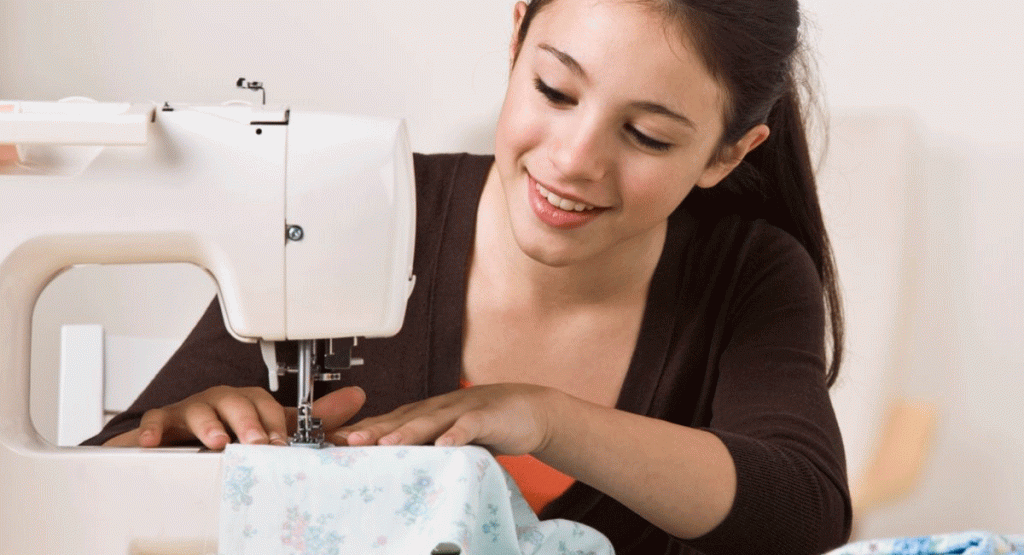
- Manual: When using a traditional machine that has not been updated since its conception over 100 years ago (or maybe even longer), they will require constant cranking to move forward while stitching. You take one stitch per complete turn of the wheel, which can be annoying but also means that you never need batteries for your device, as long as there is someone around who wants to help out!
- Electric: These are more modern devices that do not require any human power input besides flipping on their switch. Once they are turned on, the user can control their speed and how fast or slow they sew by stepping on a pedal with their foot, just like a car!
The needle mechanism is held together by a few screws and moves up and down according to how you have your machine threaded. It also has a spring that helps it return to its original position every time.
The bobbin case (or shuttle) sits inside the bobbin area underneath the needle plate and houses the bobbin as it spins. The thread from the spool winds around this little drum before being pulled up through the hole in the top (or side) to be used for stitching.
Underneath the fabric being sewn together by the needle is a set of feed dogs that raises and lowers to help move the fabric forward. It works in conjunction with the threading of your machine by aligning thread through holes on your lower plate.
What Makes up a Bobbin Mechanism?
Depending on how much use it gets, the bobbin itself can be removed from its case for easier access or replacement. The internal shuttle hooks connect when you insert the other end into another part of the sewing machine (like an electronic control board). In general, a bobbin mechanism consists of two parts.
- When inserting the thread into a double wheel type device, one inserts their thread underneath both points where they will meet inside at close range before tightening them down, so they do not slip apart while stitching. This also helps avoid any tangles that can form while in use.
- The bobbin thread should always be on the bottom side of your fabric as you sew, and the needle thread should come from the top (or front). This is how tension is kept between both fabrics being sewn together and how you create a lock stitch at the end of every seam.
- A regular sewing machine will have around 200-300 different types of stitches that can be created by adjusting certain dials or buttons on the machine. You can also find machines with embroidery capabilities that give your finished product much more variety.
How Does the Needle Mechanism Work in a Sewing Machine?
The needle is the part of the sewing machine that does the actual stitching. It is inserted into the fabric, and the upper thread is pulled through it. The needle has an eye at the top, where the upper thread is attached.
The needle moves up and down as it stitches, and it takes its motion from a small arm called a needle bar. This arm is connected to a rotating shaft, which gives it its motion. As the needle bar rotates, so does the needle.
There are several different types of needles available for use in a sewing machine, each with advantages and disadvantages. Universal needles are probably the most versatile type and can be used for general sewing and heavy fabrics like denim.
It is controlled by a spring. When you push it upwards to decrease its height, this will raise the needle position. When you lower the stitch thumb, it will bring down the needle position.
One of its functions can be seen in garment sewing, such as while buttonholes are sewn on denim jeans. If we don’t increase/decrease with time-lapse, then the machine fails to make holes at right places like above knees or below the waistband.
Conclusion
Understanding these mechanisms is important because it allows you to troubleshoot problems during routine household sewing tasks such as mending clothes or making simple repairs.
So, how does a sewing machine work? The actual stitch made by your household sewing machine is controlled by the foot pedal (on most machines), which directs mechanical action between different components of your household sewing machine.
